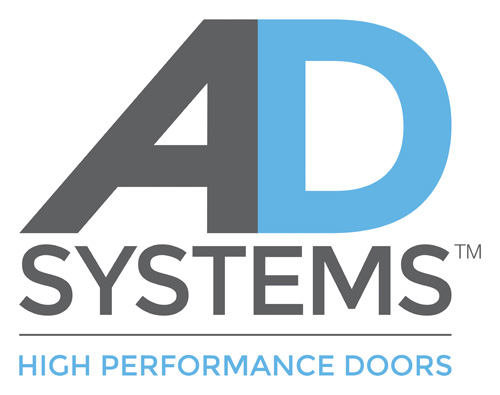Achieving Design Flexibility Through Code-Compliant Door Specification
Identify how sliding doors support design flexibility
Sponsored by AD Systems | Presented by Tysen Gannon, LEED AP
Webinar On-Demand
In a recent survey, architects indicated that in nearly a quarter of healthcare projects design flexibility was a client goal. Design flexibility supports occupants in both the present and future by allowing buildings to adapt to large and small shifts in need. Doors represent an effective means of enhancing a building’s flexibility. However, code requirements and performance capabilities can complicate door specification. At the end of this course, participants will be able to identify how sliding doors support design flexibility, describe code requirements, illustrate how sliding doors can be used to solve multiple design challenges and better understand performance data.

Photo courtesy of AD Systems
 |
Tysen Gannon, LEED AP, AD Systems has more than 15 years of experience in the architectural products industry, including roles in sales, product management, research and marketing, with a focus on glass and glazing, fenestration and façade systems. https://www.linkedin.com/in/tysengannon |
AD Systems is headquartered in Everett, Washington and provides high-quality sliding doors and interior storefront assemblies for projects throughout the USA and abroad. They pride themselves on quality craftmanship and an innovative spirit.
Originally published in Architectural Record
Originally published in June 2024
LEARNING OBJECTIVES
- Describe relevant code requirements & testing standards for door specification.
- Illustrate how commercial sliding doors can be used to support design flexibility.
- Recognize how different types of door hardware and other product features can inform door selection.
- Use case studies to articulate how sliding doors can meet code requirements and design goals.











